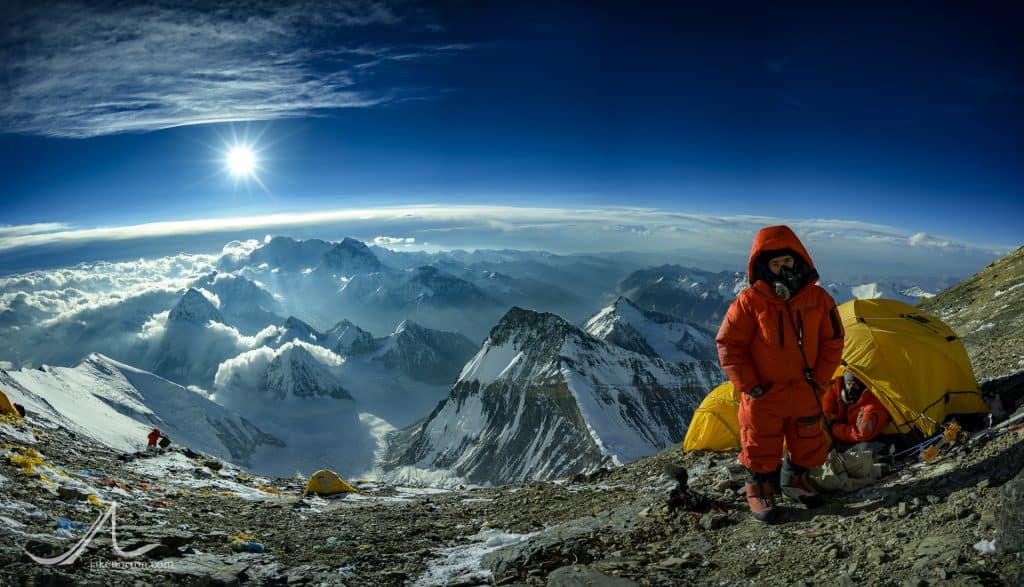As the dust settles on another Everest season, and our team makes its way across the Tibetan Plateau, I'm haunted both by what I saw on the mountain and by what I'm reading and hearing in the press. Sadly, none of it is new per se; it's feelings and sight and sounds and reactions I've encountered and felt on all 8 of my expeditions.
Everest is the proverbial 800 pound gorilla, easy to beat on but difficult to understand. No one who knows it would disagree there are problems on the hill, issues of regulation and responsibility, actions and accountability. Does that mean the mountain is an awful, pathetic, despicable (insert your pejorative adjective) place? Does that mean the those who climb it - guide or client, climber or high altitude worker - are equally deranged? Certainly not. Like anything, Everest is a place of nuance, but nuance does not lend itself well to pundits who seek to color only in black and white.

The Everest I know has forever been a place of triumph and tragedy, where beauty and horror comingle in the subtle hues of its very landscape. Sadly, the drama usually outshines the normal, and the tragedy of death or poor decisions outplays the successes and the beauty and the human spirit that is on the mountain daily. If anything, Everest is a dramatic microcosm of humanity.
Yup, there are problems. Those problems need to be addressed so history does not continue to repeat itself. But if you look deeper, past the headlines and the hyperbole, Everest has a lot more to offer, always has and always will.


